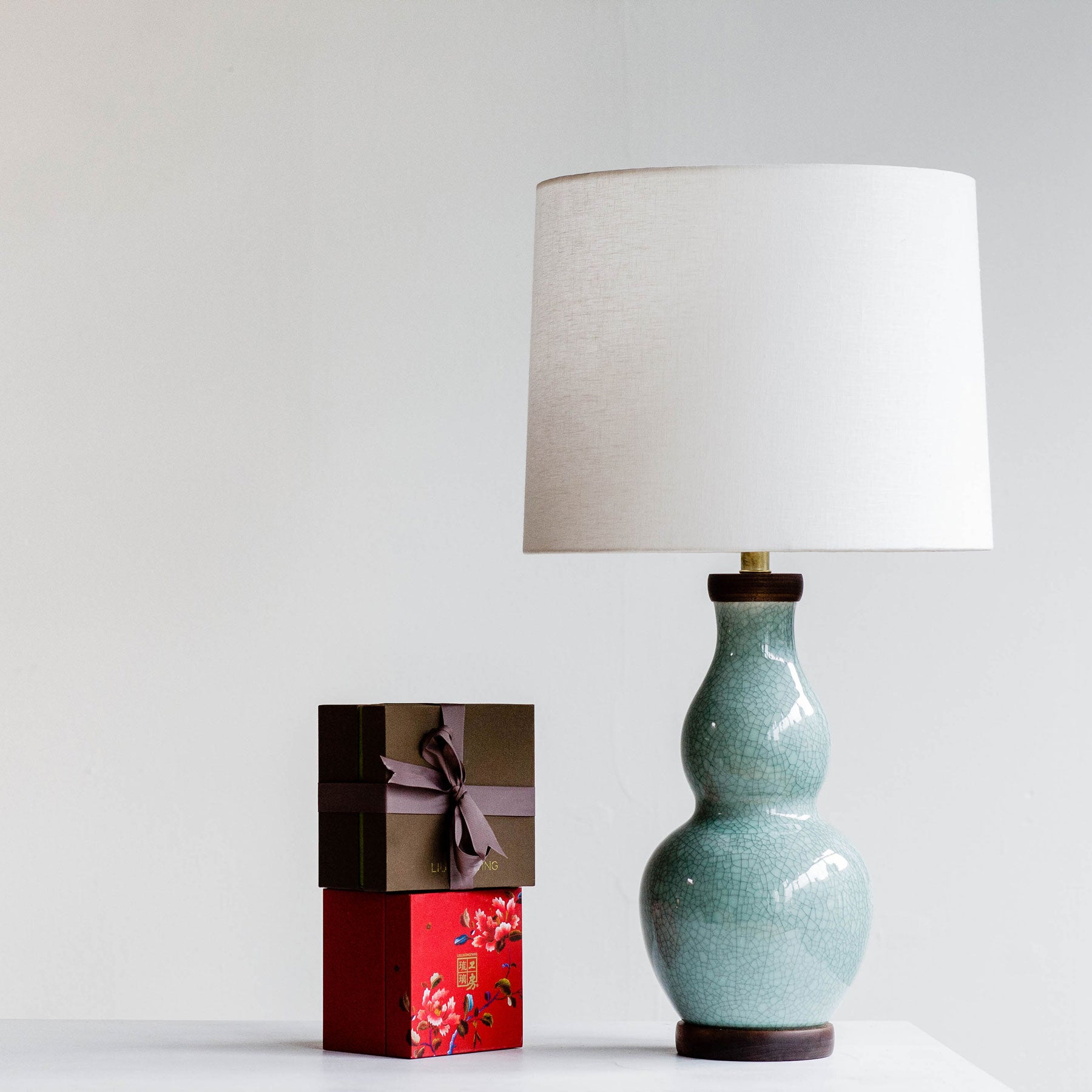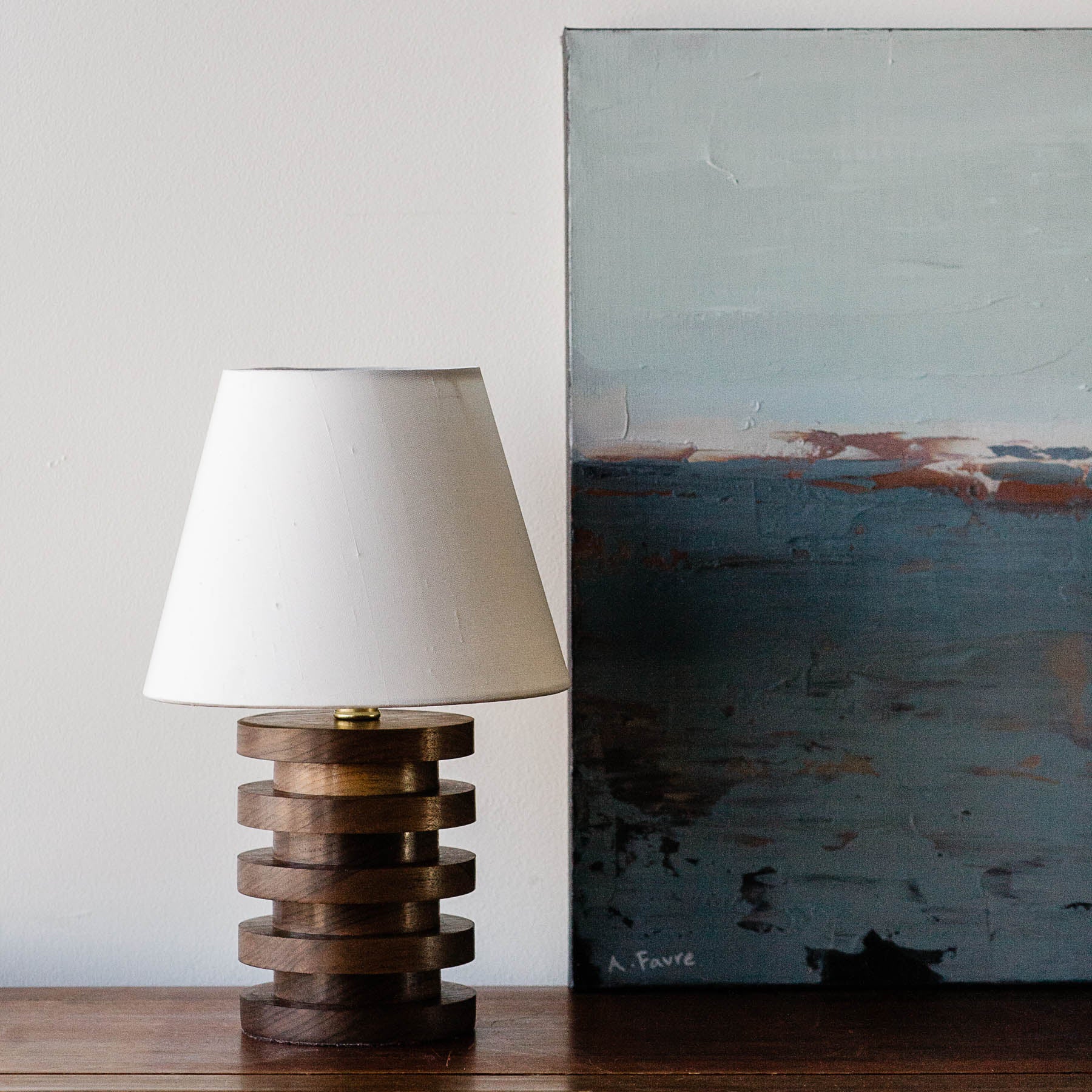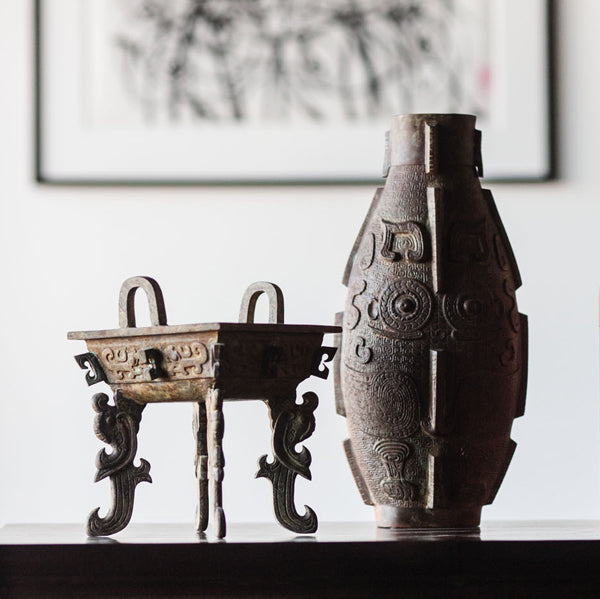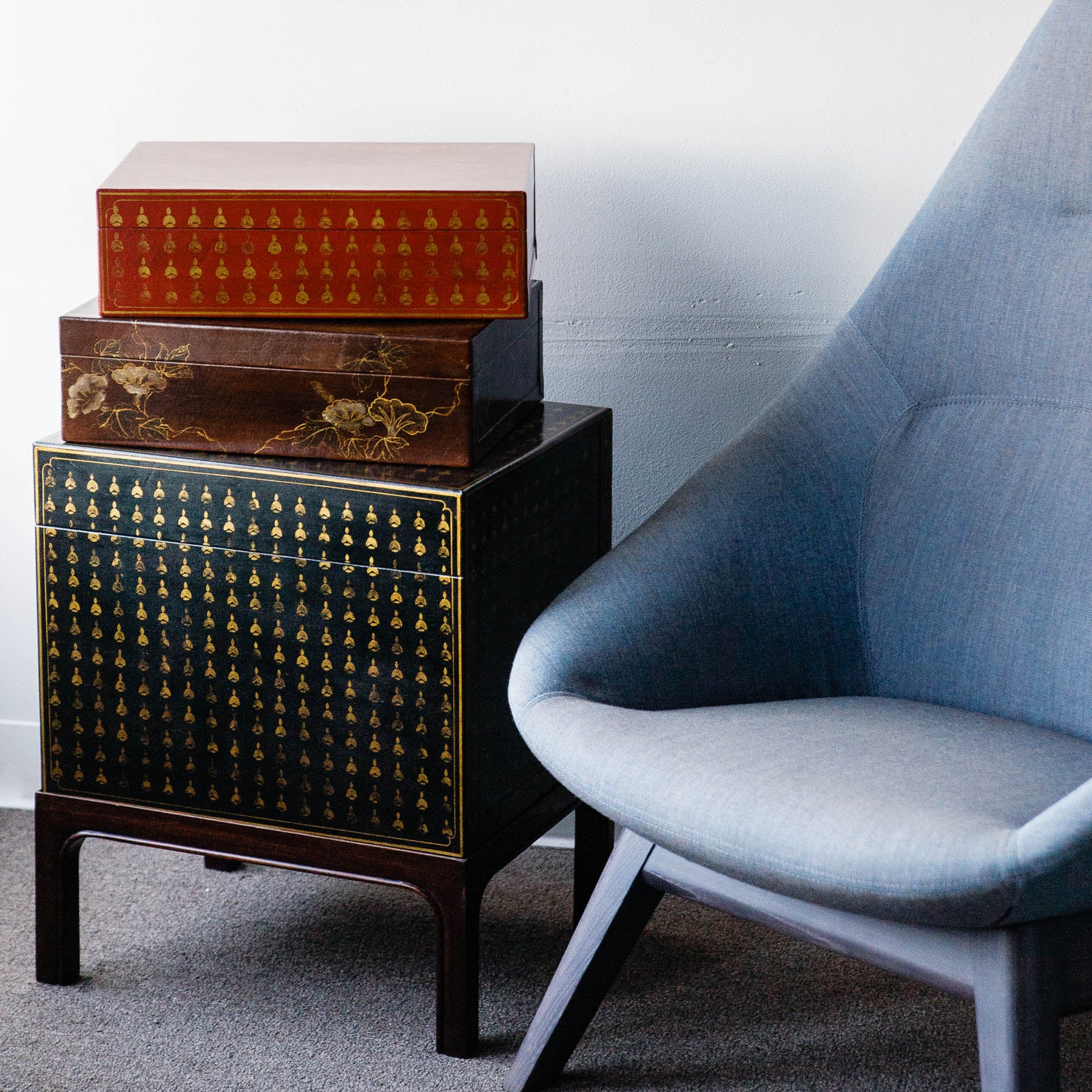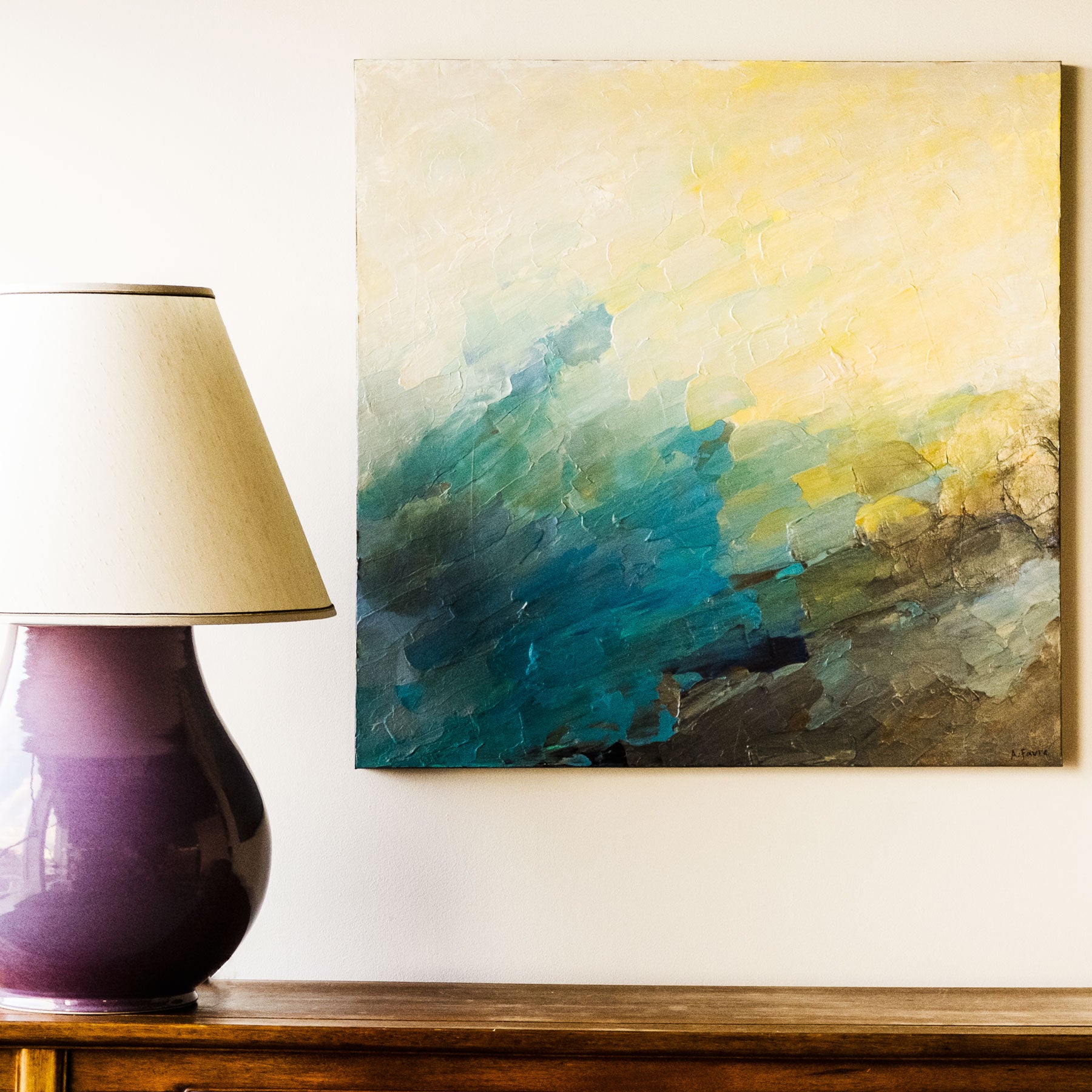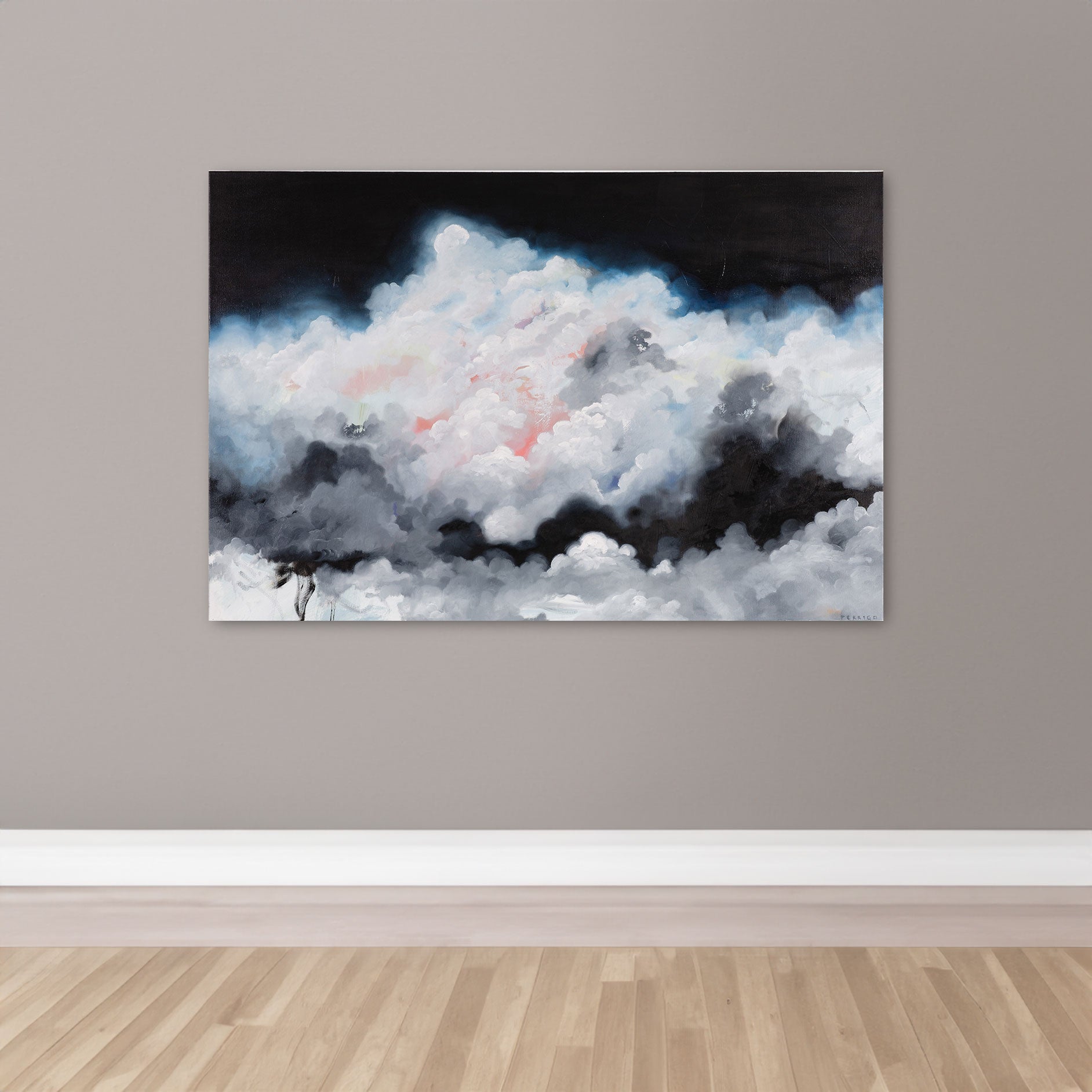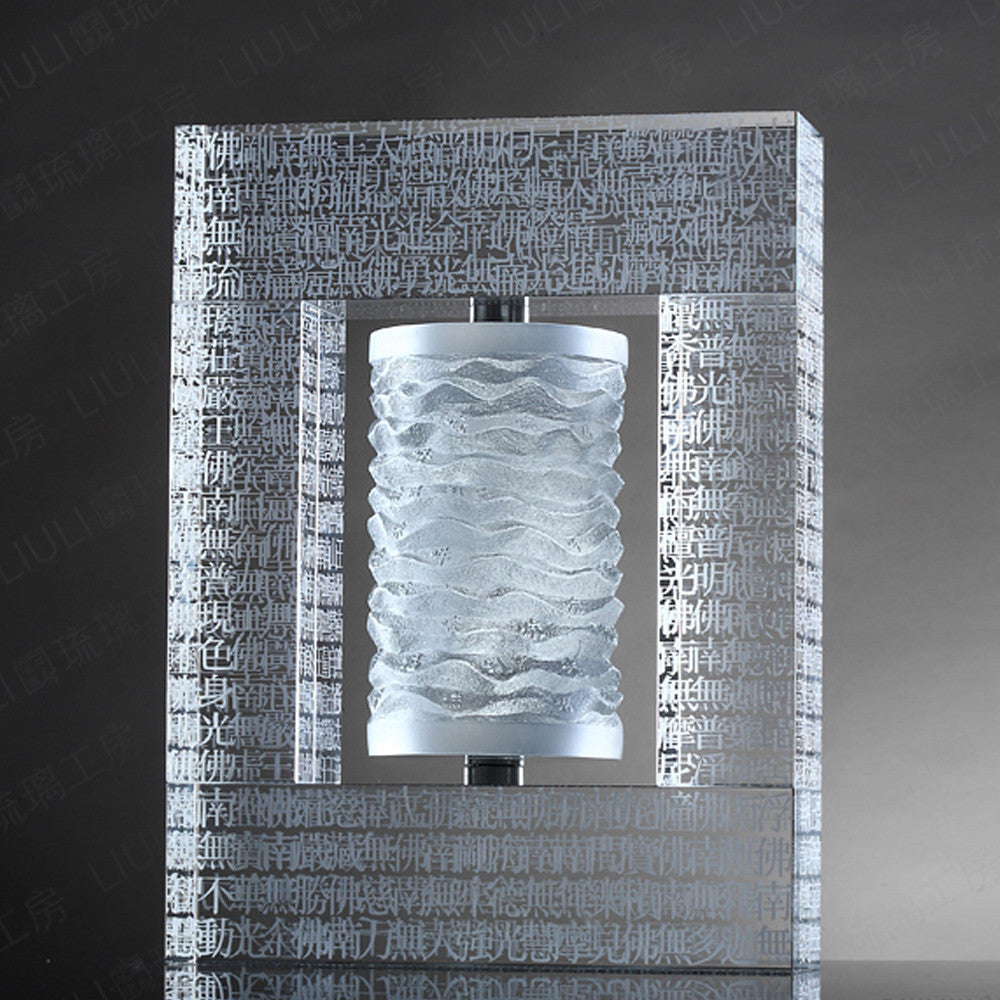|
This translucent and lushly verdant art piece, a cabbage, is part of the Enrich collection—an homage to the longstanding cultural tradition of respecting the land and its crops. Studio artists achieve a shui-mo (ink wash) effect here in “Outlast” that mimics clouds and water, giving an impression of natural scenery much deeper than any ordinary cabbage. The design embodies the symbolism of vitality and boundless life, owing to a rich and fertile land that one is blessed with.
The Chinese believe that the imagery of a vegetable represents a certain social temperament. This design - green on top and white on bottom - represents a transparent character.
- A world of possibility emerges as sustenance is pulled up from the roots. This verdant sculpture symbolizes boundless vitality.
- Crisp and upright, the leaves of the cabbage stretch upward. Root and leaves are colored in the style of traditional shui mo (ink wash) painting. The artist’s technical mastery creates shading that is natural, lifelike and brings out the innate poetry of liuli.
- The highlight of this piece is the liuli itself - limpid and translucent, like cloud, like water. The design calls attention to the sacred dignity of life bestowed upon us by the land and is in praise of the bounty of life.
- This design was inspired by the shanghaiqing, a variety of Chinese cabbage. The ancient Chinese referred to the vegetable as “song”, as they believed it to embody characteristics of the evergreen. Poet Lu You penned, “雨送寒聲滿背蓬,如今真是荷鉏翁。可憐遇事常遲鈍,九月區區種晚菘”. The passage proclaims the vegetable’s capacity to convey the ease and exuberance of life. Why allow disappointments to disappoint
-
The Chinese believe that the imagery of a vegetable represents a certain social temperament. This design - green on top and white on bottom - represents one of transparent character; extending from the roots is one’s true nature and a wish for all to keep striving and thriving.
|

